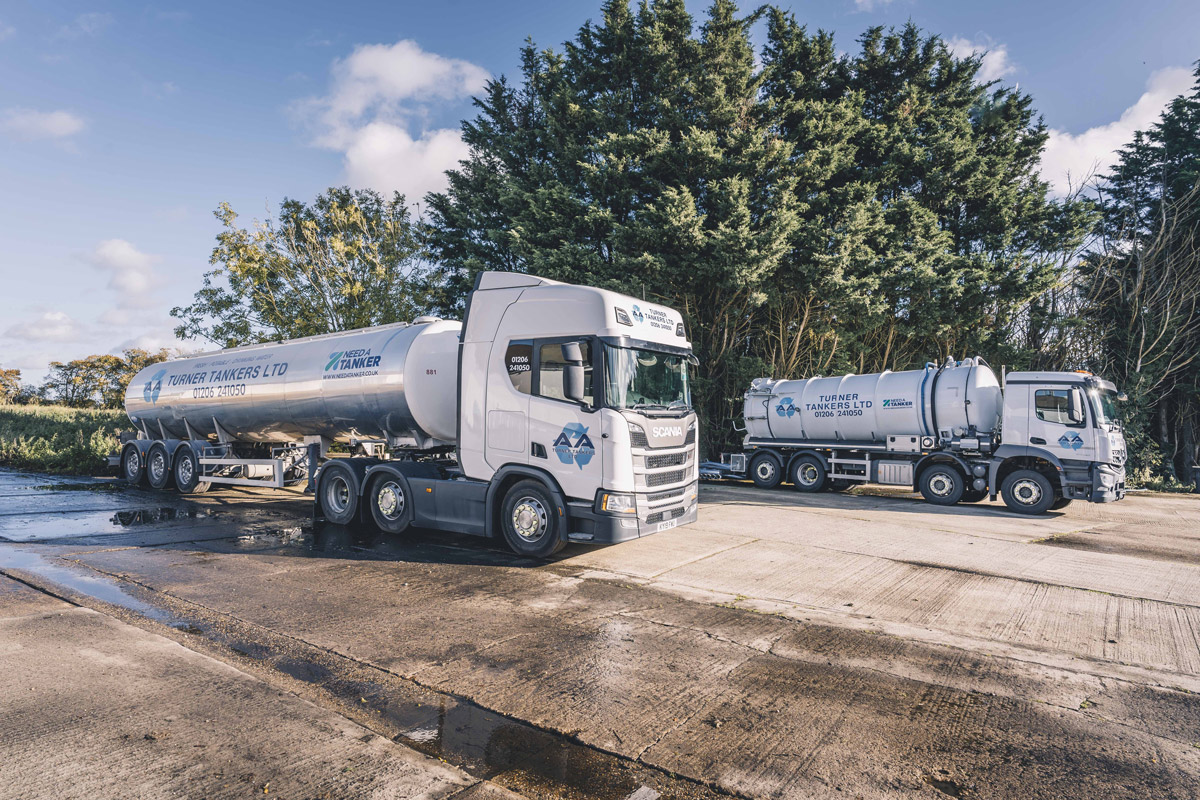Not known Facts About Reclaim Waste
Not known Facts About Reclaim Waste
Blog Article
The Buzz on Reclaim Waste
Table of ContentsThe 15-Second Trick For Reclaim WasteThe Single Strategy To Use For Reclaim WasteNot known Facts About Reclaim WasteThe Ultimate Guide To Reclaim WasteThe Basic Principles Of Reclaim Waste
Discover the types, occurrences, and kinds of liquid waste. Residential sewage waste describes the waste and products from a property septic system. This kind of waste is produced by people in homes, institutions, and various other structures. This only consists of septic systems that have a drain field. The appropriate monitoring and disposal of domestic sewer waste need liquid waste to be transferred to a sewer therapy plant where the correct techniques and devices are put on cleanse and dispose of waste.
Industrial waste usually includes possible hazards, such as flammable materials or a mix of liquid and solid waste items, and calls for an advanced and comprehensive disposal process. The disposal of business waste generally entails the filtering of waste before transport to make certain risk-free and proper disposal. Industrial waste is developed from by-products and overflow of industrial processes and production.
This kind of waste can not make use of the same sewer monitoring transportation or procedures as septic or industrial fluids. The industrial waste administration procedure needs the inspection and testing of fluid waste prior to it undertakes the disposal process (liquid waste disposal melbourne). Runoff waste is the fluid waste that comes from runoff and excess stormwater in extremely booming areas or cities
Runoff waste can cause contamination and flooding if not handled correctly. Making sure correct waste administration can prevent catastrophes and reduce ecological harm.
The 30-Second Trick For Reclaim Waste
Call PROS Providers today to discover our waste monitoring and disposal solutions and the appropriate methods to care for the fluid waste you produce.
(https://blogfreely.net/reclaimwaste1/yc311a58b1)Do you know what takes place to your water when you disengage, flush the commode or drain pipes the cleaning maker? No? Well, it's worth recognizing. This so-called 'wastewater' is not only a vital source yet, after treatment, will be launched to our land, rivers or the sea. Used water from toilets, showers, baths, kitchen sinks, washings and industrial processes is called wastewater.

water made use of to cool machinery or clean plant and equipment). Stormwater, a form of wastewater, is overflow that moves from farming and city areas such as roof coverings, parks, yards, roadways, paths and seamless gutters into stormwater drains, after rainfall. Stormwater flows without treatment straight to regional creeks or rivers, at some point reaching the ocean.
Some Known Details About Reclaim Waste
In Queensland, most wastewater is treated at sewer therapy plants. Wastewater is carried from domestic or industrial sites through a system of sewage systems and pump stations, referred to as sewage reticulation, to a sewer therapy plant. City governments develop, keep and run most sewer therapy plants. Operators are licensed under the Environmental Defense Act 1994 to release treated wastewater at an acceptable environmental standard into waterways.
The Department of Natural Resources suggests city governments about managing, operating and preserving sewerage systems and treatment plants. In unsewered locations, neighborhood governments might call for homeowners to mount specific or house sewage therapy systems to deal with domestic wastewater from bathrooms, cooking areas, restrooms and washings. The Department of Natural Resources authorises making use of family systems when they are shown to be effective.
Most Click This Link stormwater obtains no treatment. In some brand-new subdivisions, therapy of some stormwater to eliminate litter, sand and gravel has begun using gross toxin traps. Wastewater therapy happens in four phases: Removes strong matter. Bigger solids, such as plastics and various other things incorrectly released to drains, are removed when wastewater is travelled through screens.
Makes use of tiny living microorganisms recognizes as micro-organisms to damage down and remove continuing to be liquified wastes and fine fragments. Micro-organisms and wastes are included in the sludge.
What Does Reclaim Waste Mean?
Nutrient removal is not readily available at all sewer therapy plants since it needs expensive specialized tools. Clear liquid effluent produced after treatment might still consist of disease-causing micro-organisms - liquid waste disposal melbourne.

This typically implies wastewater has to be dealt with or pollutants eliminated before it can be released to rivers. The majority of wastewater flows right into the sewerage system. Under the Act, regional federal governments administer approvals and permits for ecologically appropriate tasks (ERAs) entailing wastewater releases that might have a neighborhood effect. The department provides approvals and licences to Periods entailing wastewater launches that might have a regional or statewide impact.
The Definitive Guide to Reclaim Waste
Otherwise, examples are considered lab evaluation. Usually numerous examinations are required to develop the levels of each of the various toxins such as oils, heavy steels and pesticides in water. Surveillance offers accurate information regarding water quality and can validate that permit conditions are being satisfied. The information obtained with tracking gives the basis for making water quality decisions.
Report this page